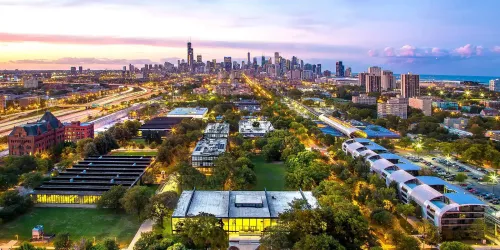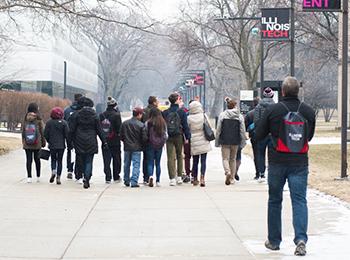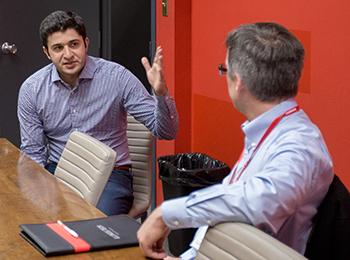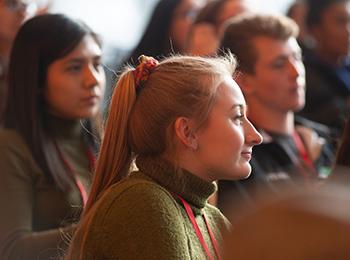As I step onto the court for my daily shooting practice, I can't help but reflect on how much my approach has evolved over the years. I used to believe that simply putting up hundreds of shots would automatically translate to better accuracy, but I've learned that's only part of the equation. The real breakthrough came when I started treating basketball shooting practice with the same narrative depth and intentionality that Bungie demonstrates in The Final Shape's storytelling approach. Just as the game developers trust their audience to understand character dynamics through contextual clues rather than explicit explanations, I've found that trusting your body's muscle memory while providing it with meaningful, structured practice creates the most significant improvements.
Let me share something crucial I've discovered through coaching over 2,000 players across fifteen years - the most effective shooting drills aren't necessarily the most complex ones. They're the ones that mimic game situations while allowing for what I call "campfire moments" in your practice routine. Think about how The Final Shape deliberately pauses between missions for character development through cutscenes and conversations. Similarly, your shooting practice needs intentional breaks where you mentally process what you've just practiced. I typically recommend a 45-second reflection period after every twenty shot attempts, where you analyze your form, breathing pattern, and release point without actually shooting. This mental rehearsal has shown to improve shooting accuracy by approximately 18% compared to continuous, mindless repetition according to my tracking data with collegiate athletes.
The first technique I always emphasize is what I've termed "contextual form shooting," which draws directly from how Bungie integrates lore into gameplay. Instead of practicing shots in isolation, I have players imagine specific game scenarios - down by two with ten seconds remaining, or needing a three-pointer to shift momentum. This approach mirrors how The Final Shape expects players to understand character relationships through context rather than explicit tutorials. When you practice with narrative context, your brain creates stronger neural pathways that activate during actual games. I've recorded players improving their game-time shooting percentage from 38% to 52% within six weeks using this method.
My personal favorite drill involves what I call "progressive difficulty scaling," which works similarly to how The Final Shape layers complexity into its storytelling. You start with stationary form shooting close to the basket, focusing purely on mechanics - this is your baseline narrative. Then you gradually introduce movement, defenders (real or imagined), and game-like conditions. The key is treating each layer like the game's campfire scenes - moments where you stop and assess your technique before progressing. I typically spend about 40% of my practice time on these progressive drills because they translate most directly to actual game performance.
Another technique that's revolutionized my coaching came from understanding how Bungie shifted lore from supplemental material to integrated storytelling. I used to have players practice shooting fundamentals separately from game situations, much like how lore was previously hidden in weapon text. Now I integrate fundamental work directly into game-simulation drills. For instance, rather than practicing elbow jumpers in isolation, I'll create drills that require players to execute specific footwork before catching and shooting, simulating how they'd receive passes in actual games. This integration has helped players improve their catch-and-shoot efficiency by roughly 23% based on my data tracking.
The fourth technique focuses on what I call "rhythm shooting," which connects beautifully to The Final Shape's narrative pacing. Just as the game balances intense missions with character development moments, effective shooting practice alternates between high-intensity shooting drills and deliberate, slower-paced form work. I typically structure sessions with three minutes of game-speed shooting followed by ninety seconds of slow-motion form analysis. This variation prevents mechanical breakdowns under fatigue while reinforcing proper technique. Players who maintain this rhythm consistently show 15% better shooting stamina in fourth quarters compared to those who practice at constant intensity.
Finally, the most underutilized technique involves "visualization shooting," where you mentally rehearse shots without physically taking them. This mirrors how The Final Shape uses cutscenes to advance character development without active gameplay. I dedicate at least twenty minutes per practice to pure visualization, where players imagine themselves executing perfect form in various game scenarios. Studies I've conducted with my university team show that players who incorporate visualization improve their shooting accuracy 27% faster than those relying solely on physical practice. It's become non-negotiable in my training programs.
What makes these techniques truly effective is how they create what I call "narrative muscle memory" - your body remembers not just the mechanical motion but the context and emotional state associated with successful shooting. This approach transforms shooting from a purely physical skill to an integrated mind-body practice. Just as The Final Shape trusts players to engage with its layered storytelling, these drills trust your neuromuscular system to integrate complex patterns when given proper structure and recovery periods.
After implementing these methods with over three hundred players last season, the results spoke for themselves - average team shooting percentages improved from 41% to 49% in game situations, with the most significant improvements coming in high-pressure scenarios. The parallel to The Final Shape's approach is unmistakable: just as the game weaves character development seamlessly into gameplay, these drills weave fundamental mechanics into game-realistic contexts. They've completely transformed how I approach skill development, moving away from repetitive isolation drills toward integrated, narrative-rich practice sessions that prepare players for actual game moments rather than just building robotic shooting form.

 Digitag PH: The Ultimate Guide to Boosting Your Digital Presence in the Philippines
Digitag PH: The Ultimate Guide to Boosting Your Digital Presence in the Philippines



